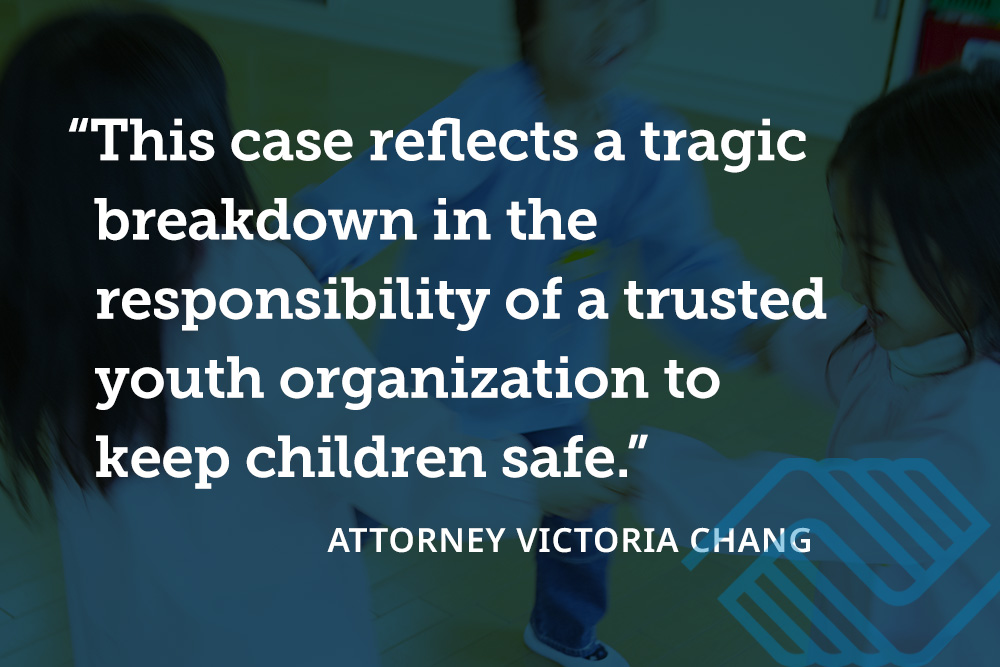I have been helping clients suffering with mesothelioma for over 30 years. In my years of experience, I have seen many great strides in the medical field to help patients who are suffering from this terrible disease. But we still have a long way to go in finding new and more effective treatments and someday a cure for this devastating disease. Mesothelioma patients look for hope from any and every direction. I was very happy to recently read that help was is coming from a new direction in the form of recently enacted legislation aimed at encouraging companies to develop drugs for diseases like mesothelioma.
Mesothelioma is a rare cancer. It is estimated that 2,000 to 3,000 people in the United States are diagnosed with mesothelioma each year. As a result, mesothelioma has been classified as a rare disease or “orphan disease.”
 Diabetes, heart disease, Alzheimer's, and others affect hundreds of thousands of people each year in the United States. Researchers and drug developers lean toward producing drugs for this larger demographic. However, Congress, through legislation, has been trying to create incentives for the development and design of orphan drugs that aim to help treat rare diseases like mesothelioma.
Diabetes, heart disease, Alzheimer's, and others affect hundreds of thousands of people each year in the United States. Researchers and drug developers lean toward producing drugs for this larger demographic. However, Congress, through legislation, has been trying to create incentives for the development and design of orphan drugs that aim to help treat rare diseases like mesothelioma.
The Act
Currently, the Preserving Access to Orphan Drugs Act of 2011 is pending in the U.S. Congress. This Act attempts to modify the Patient Protection and Affordable Care Act that will help exempt orphan drugs from annual fees of branded prescription drug sales.
 Congress has made other similar efforts in the past with the Orphan Drug Act of 1983 and the Rare Disease Act of 2002. The Orphan Drug Act of 1983 aimed to encourage pharmaceutical companies to develop drugs for rare diseases and the smaller market by offering tax incentives and allowing companies to sell their drugs without competition for several years. The Rare Disease Act also helped to provide more funding for treatment efforts of rare diseases.
Congress has made other similar efforts in the past with the Orphan Drug Act of 1983 and the Rare Disease Act of 2002. The Orphan Drug Act of 1983 aimed to encourage pharmaceutical companies to develop drugs for rare diseases and the smaller market by offering tax incentives and allowing companies to sell their drugs without competition for several years. The Rare Disease Act also helped to provide more funding for treatment efforts of rare diseases.
Support for Mesothelioma
Government plays an essential role in providing incentives to funnel great minds and talent to worthy efforts such as the treatment of mesothelioma. From my first lawsuit in 1978, I have traveled across the United States meeting with scientists, medical experts, clinical researchers, and healthcare providers, and I have had the honor of visiting some of our top mesothelioma research and treatment facilities. The people that I have met and the institutions that I have visited are evidence that public and private support has been successful in bringing some of our finest resources around the goal of someday finding a cure for mesothelioma. I am confident that these new incentives will lead to more effective drugs that can be used in the treatment of mesothelioma and other rare diseases.






